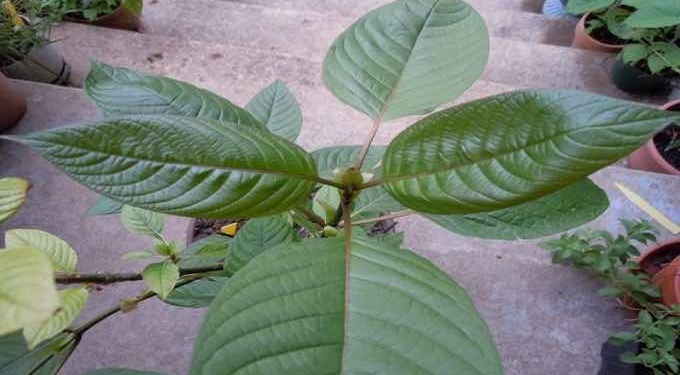By | ANON News
Can you believe 2018 is history? On January 1, 2019, every person born before the year 2000 became an adult. That’s insane from the perspective of someone born in the 1990’s.
We’re almost at the end of the 2010’s Decade. What do you think people will remember this decade for? What really was set in stone in the 2010’s Decade? This article will explore 7 stories many people didn’t hear about in 2018, but they should have.
1. THE WAR ON KRATOM INTENSIFIED
 (Image credit: wekratom)
(Image credit: wekratom)
Kratom is an herb from southeast Asia, found in the dense jungles of Borneo, Indonesia and surrounding areas. It is an effective painkiller, with its active alkaloid Mitragynine, and it is virtually impossible to overdose on.
It has helped a lot of people quit those terrible, pharmaceutical opioids, and apparently somebody doesn’t like that. So, since about 2016 when the DEA attempted and failed to make kratom a schedule 1, illegal substance, with “no medical value,” several governmental agencies have been taking shots at kratom, trying their best to ban the innocuous herb.
This year alone, reports of salmonella contaminating kratom that were severely misleading and unrealistic circulated, the FDA commissioner repeatedly said bad things about kratom, lots of government agencies tried to demonize it and the supremely effective American Kratom Association (AKA) defended the herb.
It’s so beneficial for people, and so much of an outrage was stirred when the DEA threatened to ban it in 2016, it exploded the AKA’s popularity, and they became a formidable force. 2018 will certainly be remembered for the War on Kratom.
2. GLYPHOSATE (HERBICIDE) WAS DISCOVERED IN SCHOOL BREAKFAST FOODS ACROSS AMERICA
Most people are aware of one of the world’s most popular herbicides, the cancer-linked chemical Glyphosate, often sold by Monsanto as “RoundUp.” For the past several years, headlines have been made about glyphosate repeatedly. It has been found in California wines, and now it is being found in American school breakfast foods, a new report confirms.
Who could be surprised? It’s found in almost everything. The thing is, these “trace” amounts really do have health consequences: and that leads us to our third item on the list.








![Who Is Bobby Kennedy? [30-Minute Film on RFK Jr.’s Life, Narrated by Woody Harrelson]](https://consciouslifenews.com/wp-content/uploads/2024/05/who-is-bobby-kennedy-350x250.jpg)







